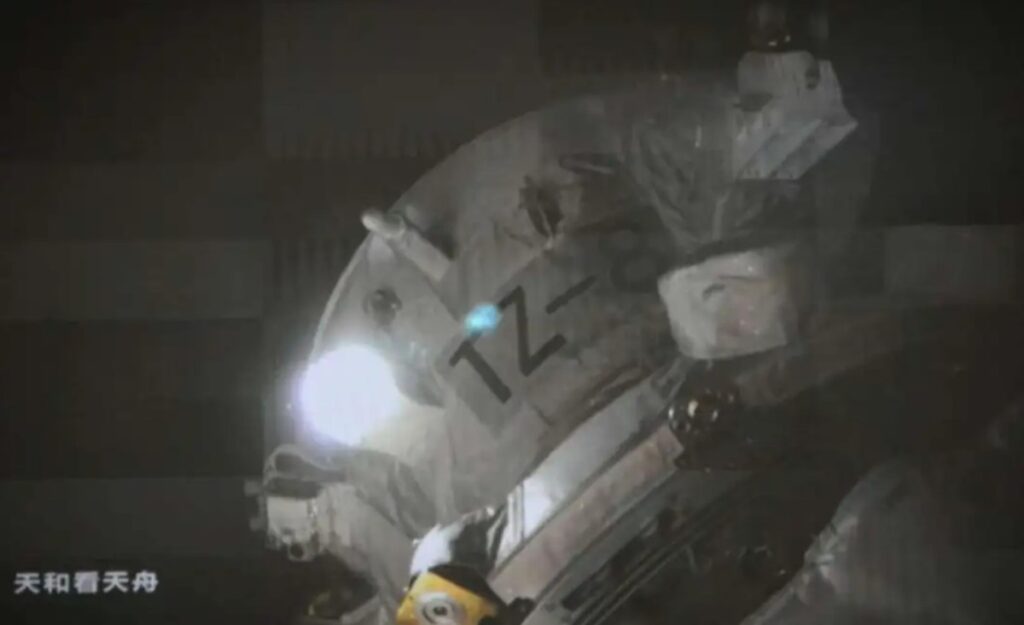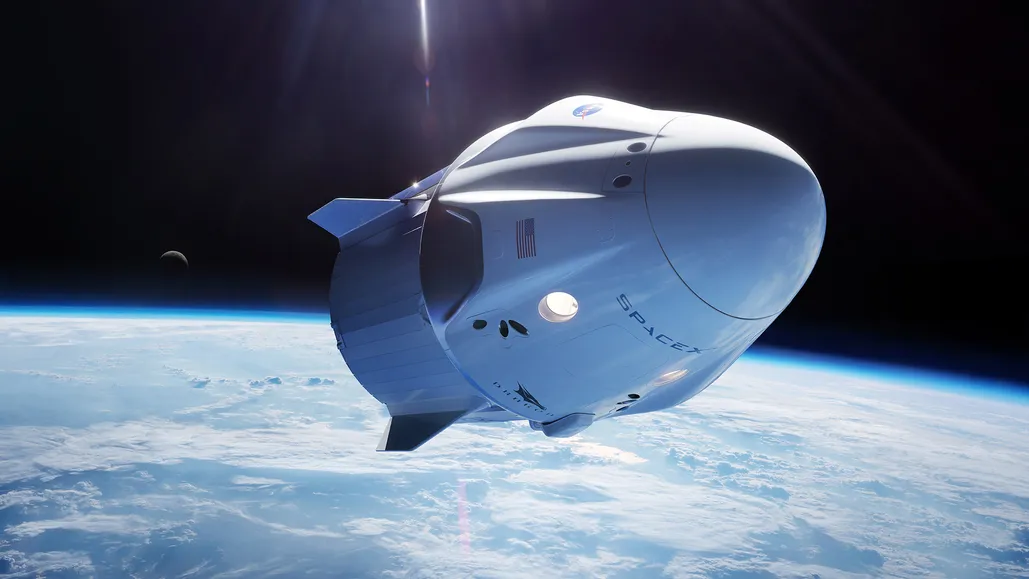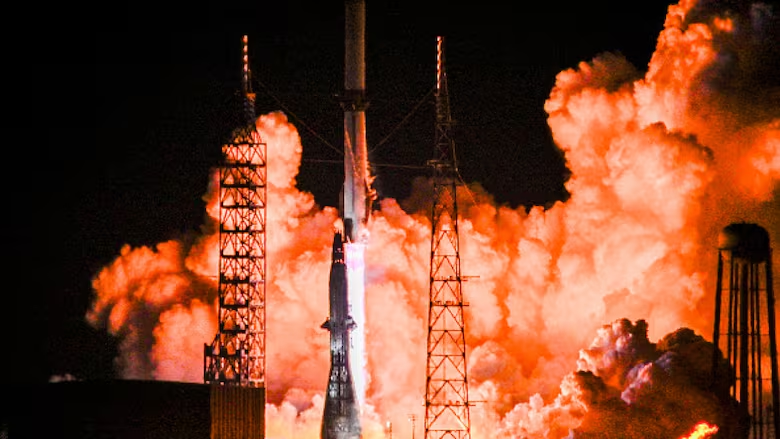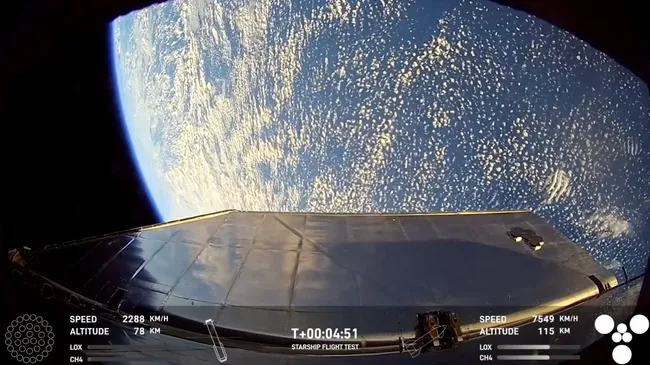
A cargo spacecraft has successfully reached China’s Tiangong space station, delivering vital supplies, scientific experiments, and equipment to support ongoing and upcoming crewed missions.
The Tianzhou-8 spacecraft was launched aboard a Long March 7 rocket from the Wenchang Space Launch Center on November 15 at 10:13 a.m. Eastern (1513 UTC). Approximately 10 minutes after liftoff, the spacecraft separated from the rocket.
Tianzhou-8 completed its docking process with Tiangong just over three hours later, at 1:32 p.m. Eastern (1832 UTC), linking to the station’s aft docking port. This achievement was confirmed by the China Manned Space Engineering Office (CMSEO).
The spacecraft carried approximately 6,000 kilograms of cargo, as reported by China Central Television. This payload primarily supports the Shenzhou-19 mission, which launched on October 29, as well as preparations for the Shenzhou-20 crew.
Among the cargo, 458 kilograms consist of materials for scientific experiments, spare components, and consumables for applications. Notably, one experiment involves bricks made from different types of simulated lunar regolith. These bricks will be mounted on external racks outside the station to endure space’s extreme conditions, such as vacuum, radiation, and temperature variations, for about three years. Afterward, they will return to Earth for analysis, potentially contributing to plans for constructing habitats at China’s proposed International Lunar Research Station (ILRS) in the 2030s.
The Tianzhou-8 spacecraft not only carries materials for lunar research but also supports biological experiments crucial for advancing long-term space exploration. Samples from these studies will later be frozen and returned to Earth, where researchers will analyze how microgravity and the absence of a magnetic field affect gene expression, comparing results with ground-based control groups. This research aims to provide insights into how space travel impacts animal behavior, reproduction, and brain function.
This mission benefits from an additional 102 kilograms of payload capacity compared to its predecessors, Tianzhou-6 and Tianzhou-7. These earlier models were already capable of carrying 20% more payload (up to 7,400 kg) than the first five Tianzhou spacecraft.
China has ambitious plans for its three-module Tiangong space station, aiming to operate it for at least a decade. Future expansion includes increasing the station to six modules and integrating the co-orbital Xuntian space telescope.
To enhance logistical support for Tiangong, the China Manned Space Engineering Office (CMSEO) recently commissioned two companies to develop innovative, low-cost cargo delivery systems. These efforts aim to provide backup supply options and enhance capabilities such as bringing cargo back to Earth. Currently, the Tianzhou spacecraft, launched via the Long March 7 rocket, is the sole means of resupplying the station.
Among the new concepts is the Qingzhou cargo spacecraft, which is set to debut on the CAS Space Kinetica-2 kerosene-liquid oxygen launcher in late 2025. Another project, Haolong, a reusable shuttle under development by the Aviation Industry Corporation of China (AVIC), will launch via rocket and land horizontally on a runway.
The Tianzhou-8 mission marks China’s 56th orbital launch of 2024. Earlier in the same week, the Haiyang-4 (01) oceanography satellite and 15 satellites aboard a Lijian-1 (Kinetica-1) commercial rocket were also sent into orbit.
China had set an ambitious goal of approximately 100 launches this year, combining efforts from the China Aerospace Science and Technology Corporation (CASC) and commercial launch providers. However, progress appears behind schedule. The debut of the Long March 12 rocket from a new commercial spaceport near Wenchang is anticipated soon. Notable missions completed so far include the Chang’e-6 lunar mission, which brought back the first samples from the Moon’s far side.




Leave a Reply